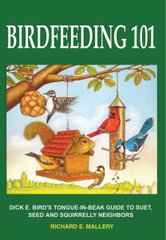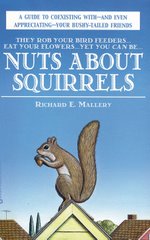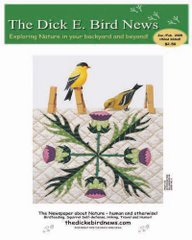
Hand feeding your birds is quick, fun, and not all that complicated. The more you do it, the more comfortable your birds are with the whole idea.
The real secret is to sit very still. At first you have to hold your hand out in front of you, so it is wise to prop your arm on something.
In the Marine Corps they used to make us hold our rifle out in front of us until our arms fatigued. When you would begin to drop your arms, a bull- dog-looking drill instructor in a Smokey Bear hat would scream at you and that would give your arms new strength. So if you can’t find something to rest your arm on, have someone scream at you every 10 minutes.
There are books out on hand feeding birds. There may be some better techniques but it really isn’t graduate material. It has much more to do with supply and demand.
I taught my dog to fall dead when I shoot her with my finger, get her dish, shake hands and catch a biscuit off the end of her nose. I am not so demanding with my birds but I am almost sure they are capable of it. My dog sounds smart but if you put her on a leash you have dope-on-a-rope. Anyone can hand feed birds—even you. Try it!
The real secret is to sit very still. At first you have to hold your hand out in front of you, so it is wise to prop your arm on something.
In the Marine Corps they used to make us hold our rifle out in front of us until our arms fatigued. When you would begin to drop your arms, a bull- dog-looking drill instructor in a Smokey Bear hat would scream at you and that would give your arms new strength. So if you can’t find something to rest your arm on, have someone scream at you every 10 minutes.
There are books out on hand feeding birds. There may be some better techniques but it really isn’t graduate material. It has much more to do with supply and demand.
I taught my dog to fall dead when I shoot her with my finger, get her dish, shake hands and catch a biscuit off the end of her nose. I am not so demanding with my birds but I am almost sure they are capable of it. My dog sounds smart but if you put her on a leash you have dope-on-a-rope. Anyone can hand feed birds—even you. Try it!











